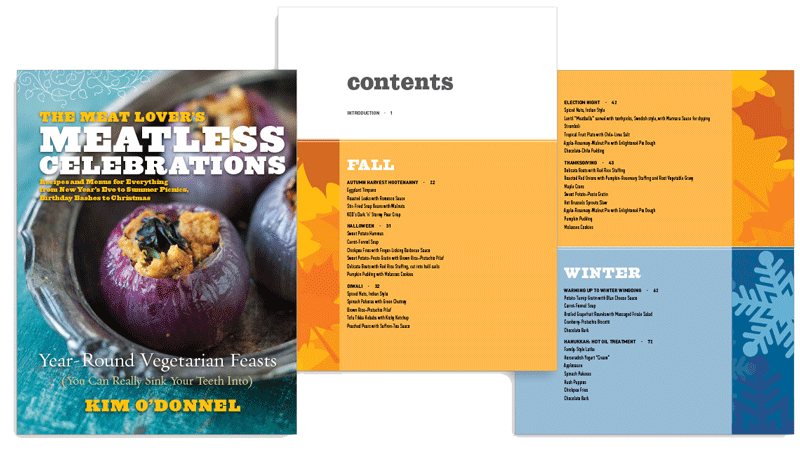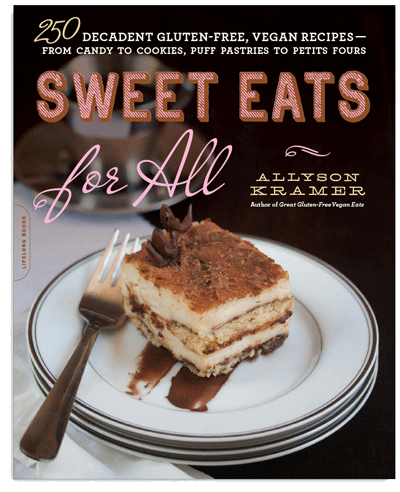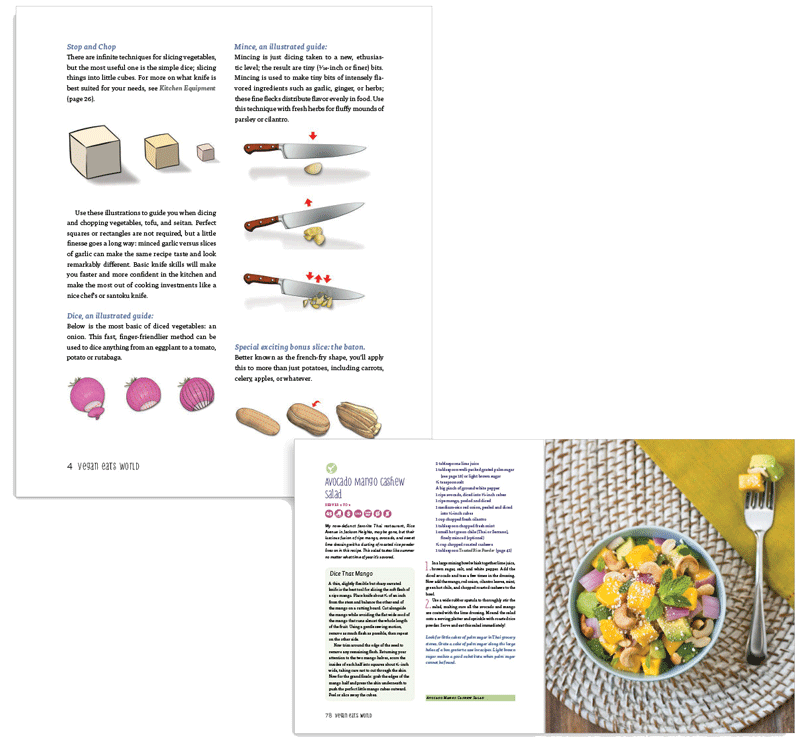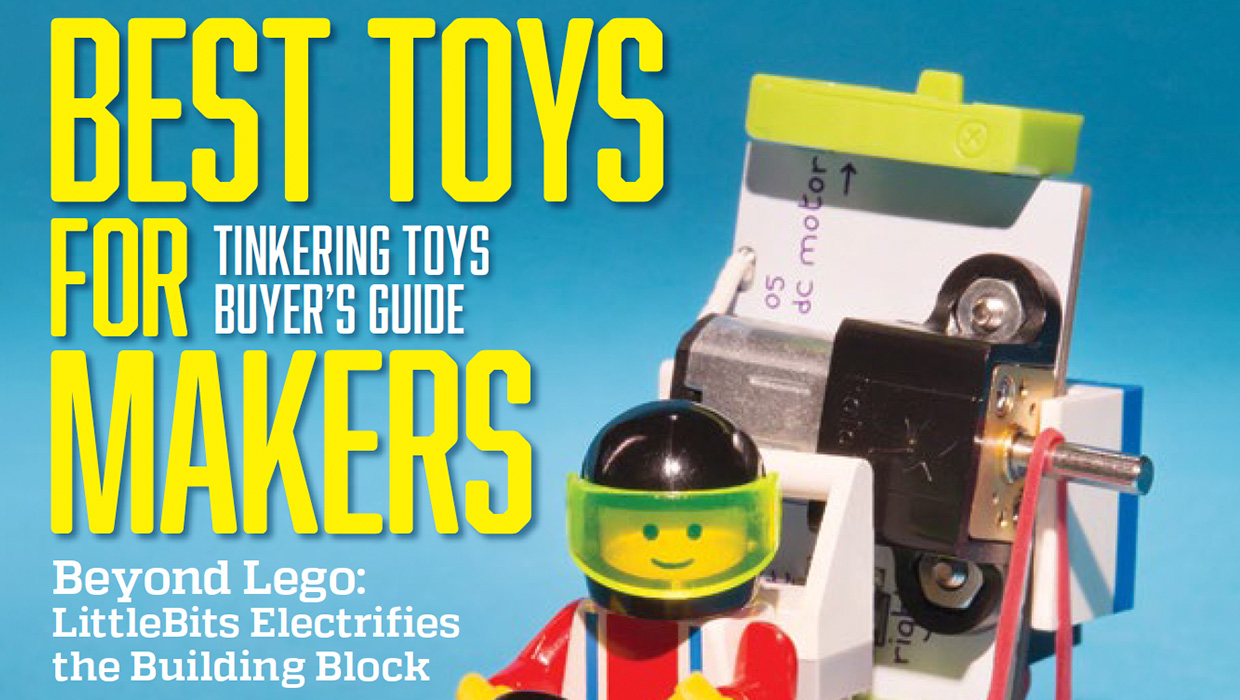InDesigner: Da Capo Press
Diane Burns shares the story of a publisher whose cookbooks promote good nutrition and healthy lifestyle choices, Da Capo Press.

This article appears in Issue 73 of InDesign Magazine.
Good cooking fuels the soul, feeds the belly, and makes our taste buds happy. But for Da Capo Press, part of the Perseus Books Group, and their cookbook imprint, Lifelong Books, there’s another goal in focus: healthy living and good lifestyle choices when it comes to food. Da Capo’s editorial staff, based in Boston, cultivates a close relationship with their cookbook authors. Editors look for healthy living books that feature a specialty aspect, such as vegan, raw, gluten-free, probiotic, allergen-free, or paleo. In describing the kinds of titles Da Capo Press editors seek to publish for the Lifelong Books imprint, managing editor Fred Francis says: “We want books that contribute a new spin or angle on such topics. It can be gluten-free comfort food or vegan salads or paleo desserts.” Many Lifelong Books authors have their own blogs, which include photography. Authors can provide their own photographs, or be given a budget by Da Capo to acquire photography. This gives the author direct control over the visuals associated with their cookbooks. Once an editor and author have worked together to assemble a manuscript and art, the launch phase begins, and the first meeting is held with the design team, based in Boulder, Colorado. The editor, and sometimes the author, join the launch phase meeting with the designer. It is here that the all-important discussion of the author’s vision of the cookbook is discussed with the designer, including the feel and tone of the book, along with specifics of what they’d like to see in the final printed pages. Authors might show examples of other cookbooks they like, or examples of icons and other artwork. After the launch meeting, the designer will prepare a design extract. The designer prepares an InDesign file that is the correct trim for
press, and which will become a template for the final book. The editor provides an MS Word file that contains an example of each element in the book. The text is marked up with an in-house tagging system which converts typed tags to paragraph and character styles, using MS Word macros that were developed by Perseus’ Publication Technology Group. The designer gets a clean MS Word file that is styled and ready to go. Photographs or illustrations for each element are also provided. Once the designer completes the extract, the author and editor review it, and changes are made. The design extract may go back and forth several times until the author and editor sign off on it. This process helps ensure the author’s vision of the book will be executed in the final product. When the design extract is finalized, the entire manuscript is flowed into the InDesign file, along with the artwork. Proofs are edited, files are preflighted, and finally sent to press. All Da Capo cookbooks are available electronically as reflowable ePubs on Kindle, Nook, and iBooks. The cookbook ePubs are created by an outside agency, which converts a PDF of each book to a reflowable ePub. And while the mechanics of the production in InDesign are important, the design itself is the key to creating successful cookbooks. Recipes need to be accessible. For example, designers try to keep recipes on one page, where possible, keeping in mind how the book will be used: propped up in a kitchen, while cooking. “The design of cookbooks is unique,” says Jeff Williams, Manager of the Design and Composition Department for Perseus Books. According to Williams, “Cookbooks are certainly reference books, which need to be easy to use, but they also often have a narrative component as well.“ At Da Capo, that narrative component gets just as much attention and care as the recipes. Most importantly of all, as Williams says, the designers are keenly aware that “The author of a cookbook always cares very deeply about the topic.” The challenge for designers at Da Capo Press is to fulfill a heartfelt vision that is also, in this case, a very healthy vision. After all, few things are more important.  In addition to recipes, many cookbooks contain narrative text that is important to understanding and mastering the recipes. Many a cook will sit down on the couch with a good cookbook first, then step into the kitchen. These sections need to offer appealing photography and layout, just as the recipes do.
In addition to recipes, many cookbooks contain narrative text that is important to understanding and mastering the recipes. Many a cook will sit down on the couch with a good cookbook first, then step into the kitchen. These sections need to offer appealing photography and layout, just as the recipes do. 
 Color can play an important role in establishing the organization and sections of a cookbook. Here, color themes representing each of the four seasons carry throughout, as shown here in examples from Fall and Winter.
Color can play an important role in establishing the organization and sections of a cookbook. Here, color themes representing each of the four seasons carry throughout, as shown here in examples from Fall and Winter. 

 Strong, bold photography can also play a role in establishing the organization and sections of the recipes, as well as showcasing the final product and enhancing the appeal of the recipes to follow.
Strong, bold photography can also play a role in establishing the organization and sections of the recipes, as well as showcasing the final product and enhancing the appeal of the recipes to follow. 

 Photography is important, but illustration and iconography are also key factors in establishing the feel and tone of a book.
Photography is important, but illustration and iconography are also key factors in establishing the feel and tone of a book. 


Commenting is easier and faster when you're logged in!
Recommended for you

InDesigner: Make: Magazine
Pam Pfiffner profiles Make:,the essential publication for the maker movement.

Building Email Templates
Rise to the top of your customers’ overflowing inboxes with effective and effici...




